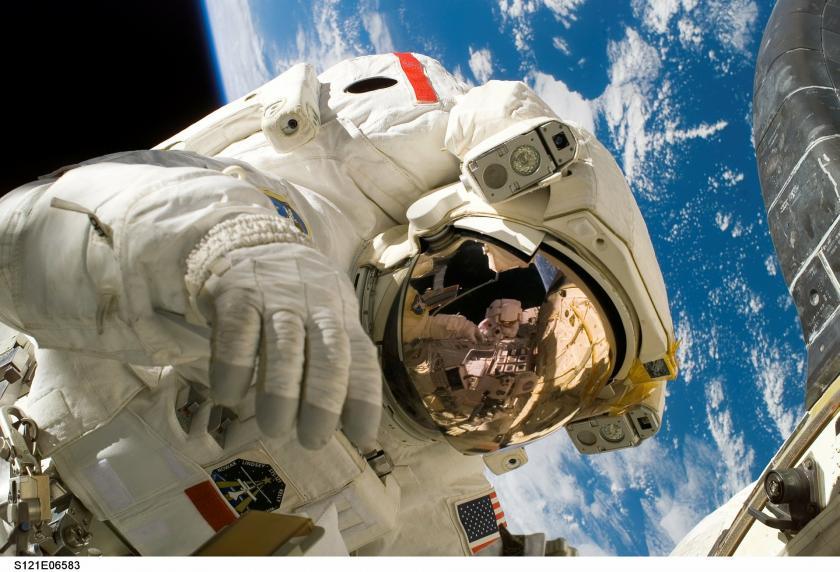The asteroid Ryugu used to pass far closer to the sun, even closer than Mercury, an analysis of images shot by Japan's Hayabusa 2 space probe reveals.
The probe snapped the images of the asteroid after it fired a bullet into Ryugu, stirring up sediments, during the Hayabusa 2's first landing attempt in February last year.
A team of researchers, primarily from the University of Tokyo and the Japan Aerospace Exploration Agency (JAXA), noted numerous dark red particles measuring 0.3 millimeters or less flying off the asteroid in the photos.
The team's analysis of the blackish red substances showed they were exposed to heat from the sun between 300,000 and 8 million years ago, the scientists said in findings published May 7 on the website of U.S. scientific journal Science.
"Ryugu may have traveled in an orbit inside Mercury," said team member Tomokatsu Morota, an associate professor of planetary science at the University of Tokyo.
Morota was referring to the possibility that Ryugu initially orbited in the asteroid belt outside Mars, then was pulled closer to the sun by nearby planets' gravity and changed course to pass near the Earth and Mars.
The images of the Hayabusa 2 landing site also show pale white grains of sand that have not turned dark red. Both types of particles are believed to have been collected during the landing mission.
The scientists expect that by comparing the samples following the planned return of Hayabusa 2 will allow them to identify much more detailed processes of how Ryugu was formed and developed.

